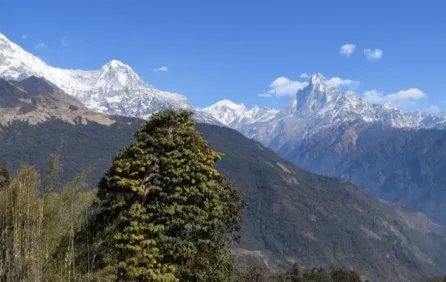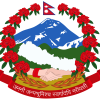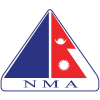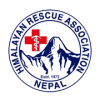Taste of Bhutan
At a glance
- Trip Start: Paro
- Trip End: Paro
- Accommodation: Hotel
- Group Size: 4-30
- Service: Full board
- Meals: Standard
Bhutan commonly acknowledged as the ‘Land of The Thunder Dragon’ has preserved its special and deep-rooted tradition, culture and natural settings till today. This sacred land with a grand vista in the middle of the Himalayas also includes straight-up forested hills speckled with prayer flags plus fine monasteries. In the northern direction, you can see snowy mountains larger than 7000 m far.
Experience the rich culture and unique lifestyle of Bhutan and its people. Visit the beautiful townships of Paro, Thimphu and Punakha. Witness ancient fortresses and monasteries, including the famous Taktsang (Tiger’s Nest) Monastery, a sacred temple hanging onto a rocky cliff. Explore the King’s Memorial Chorten, nunnery temple, folk heritage museum and much more. All of this whilst enjoying the constant company of the amazing Bhutanese landscape.


 Leisurely
Leisurely 





